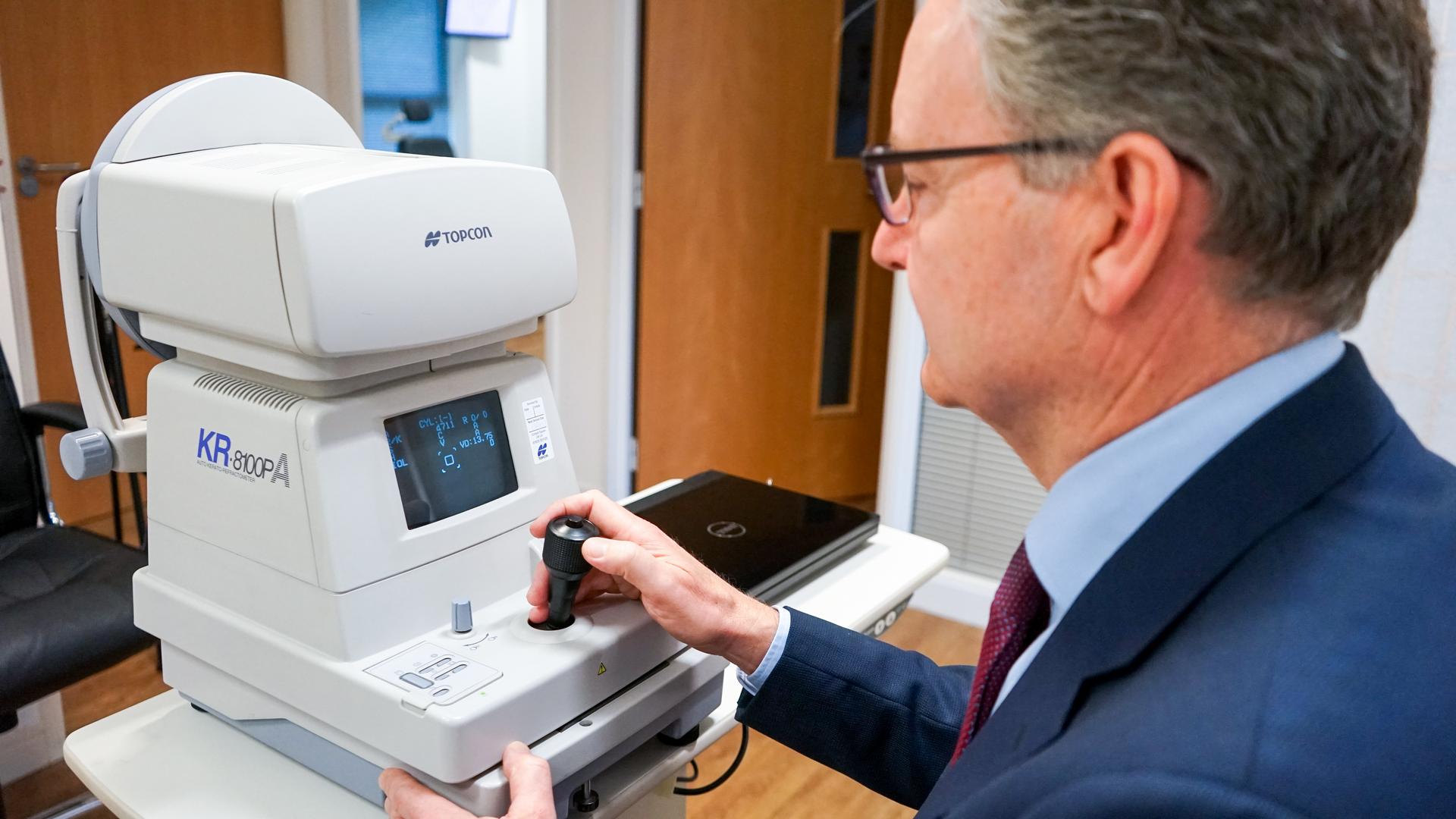I was invited to give a talk to patients with wet macular degeneration on how the COVID 19 pandemic has affected the way treatment is provided. The talk has 3 sections, an introduction to the virus itself, then a discussion about the way patients are diagnosed and managed at the West of England Eye Unit and finally an update on research and new developments in wet macular degeneration. After my talk there were several questions that had been submitted by patients covering all aspects of the management of this condition. The podcast is available on this website and provides a clear delivery of my talk but the questions were posed over the telephone and are less audible so I have provided a list of the question submitted for you information below:
What does the drug in the injection actually do, does it stop another bleed or does it hold the sight you have or is it both?
Do you aim for a specific area with the injection?
A patient on Eylea who had been given the loading dose and then told that they needed no more treatment was surprised. They understood that Ilea would be given regularly (8 weekly). They then went on to need more treatment. Is this now the standard treatment regime?
Is there a limit to the number of injections you can have and why are they stopped?
Will you continue the regular two monthly appointment system as we move forward?
In present situation, what should I do if I notice sudden change in my sight?
Why is Lucentis more often used than Eylea and are there any other drugs that can be used and how do you decide which is best for each patient
I’ve had many injections- for over 8 years- I get a brief very bright light in an eye and it moves in a circle but it goes away in a second, I was told by my eye doctor that it was the macular “opening and closing” have you any idea what this could be?
Does having Lucentis injections always cause scarring?

